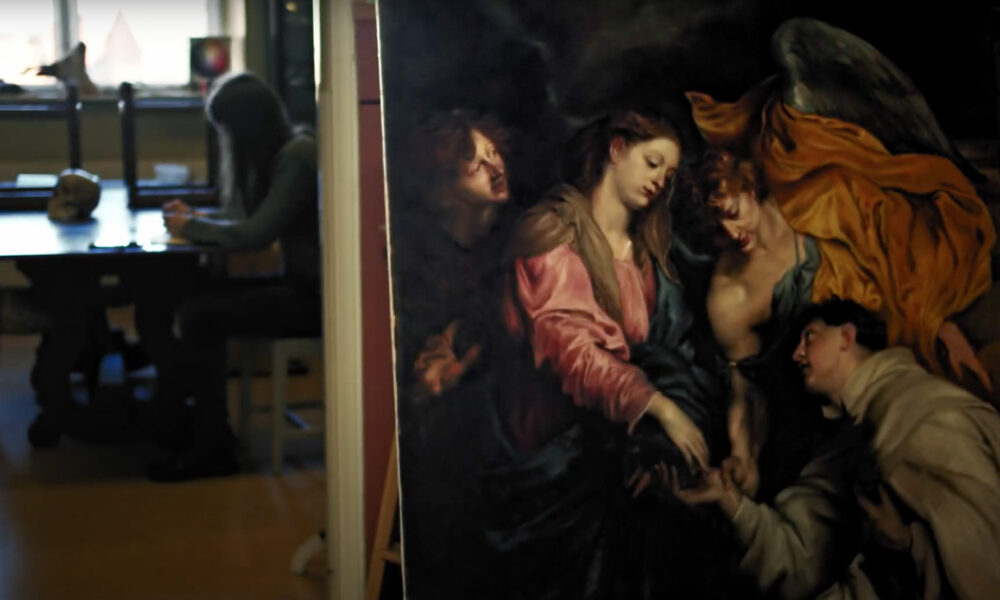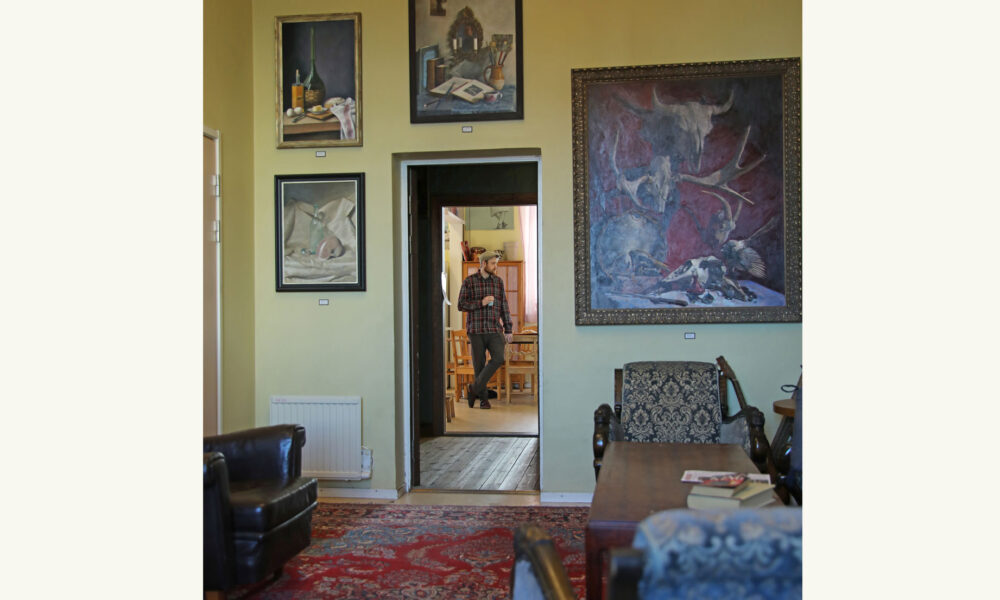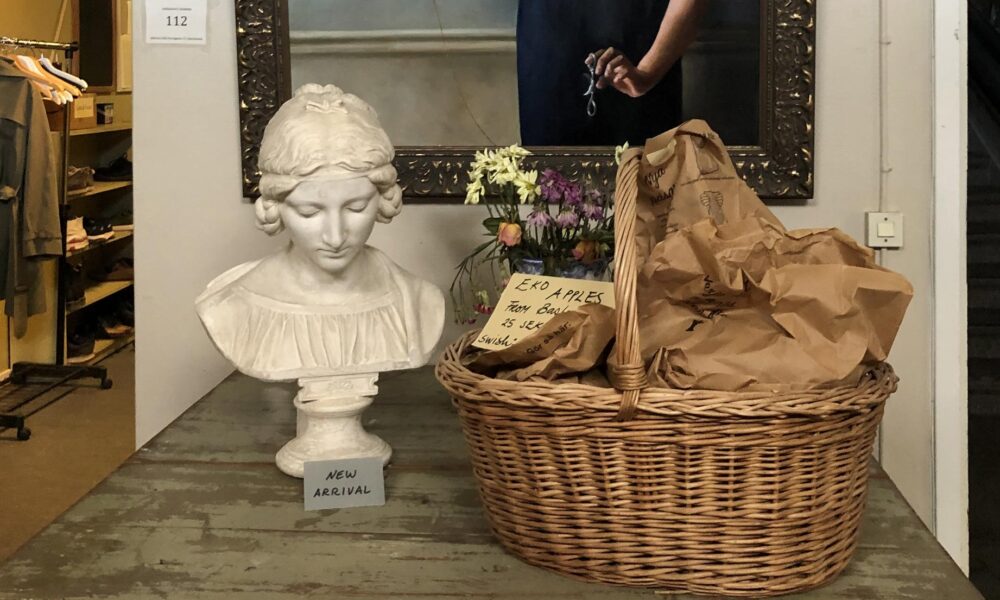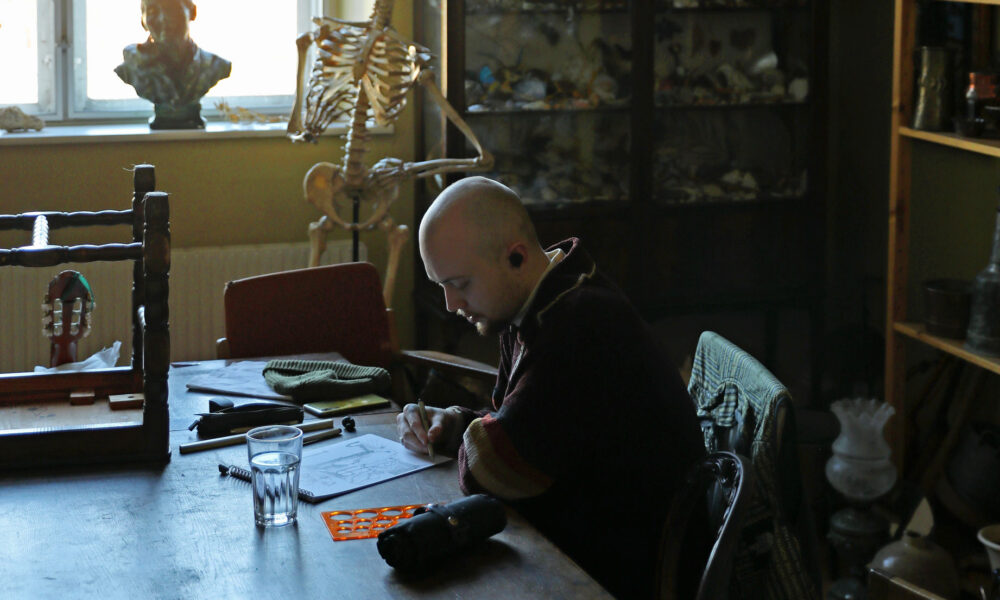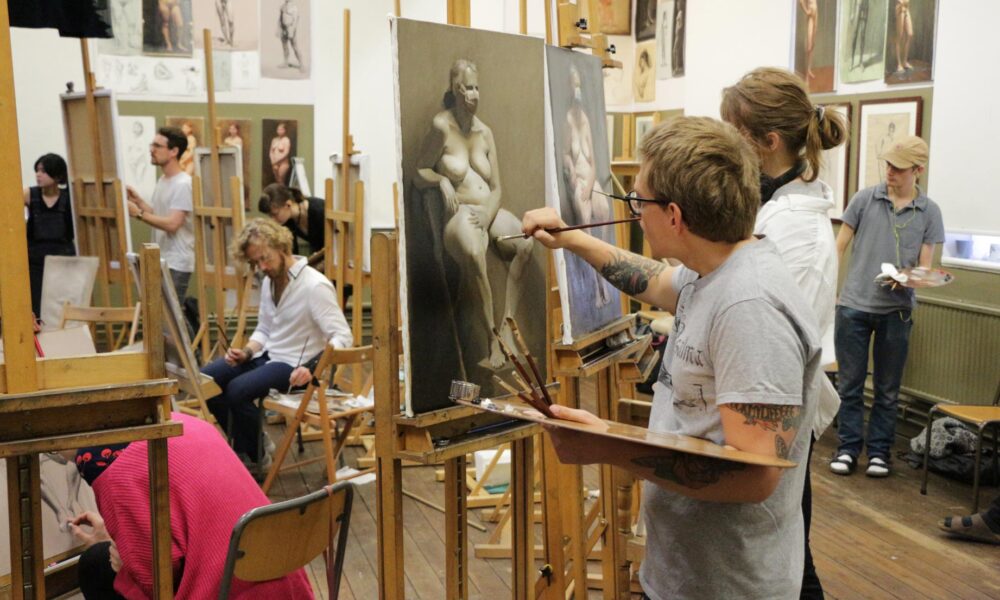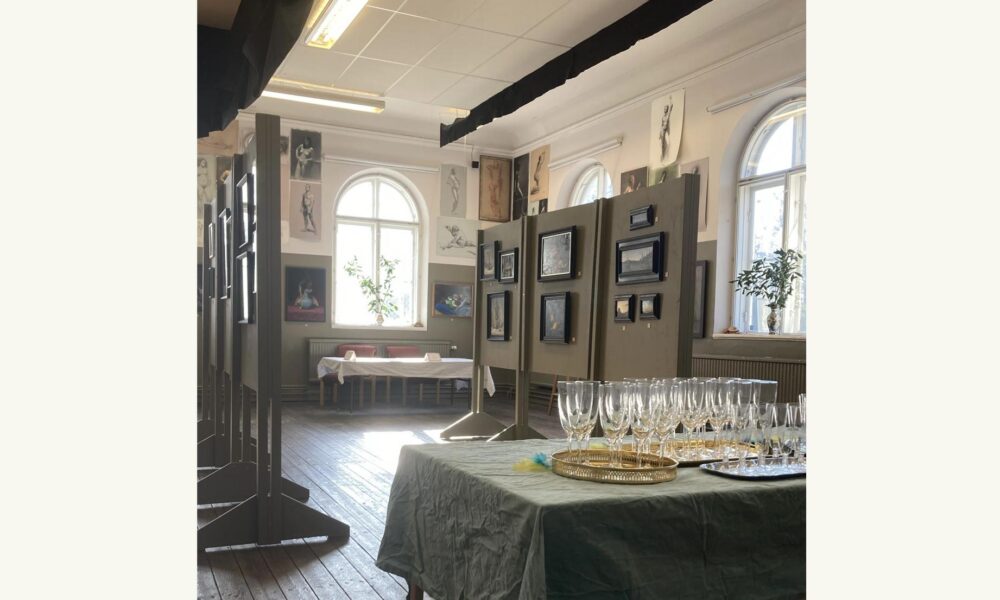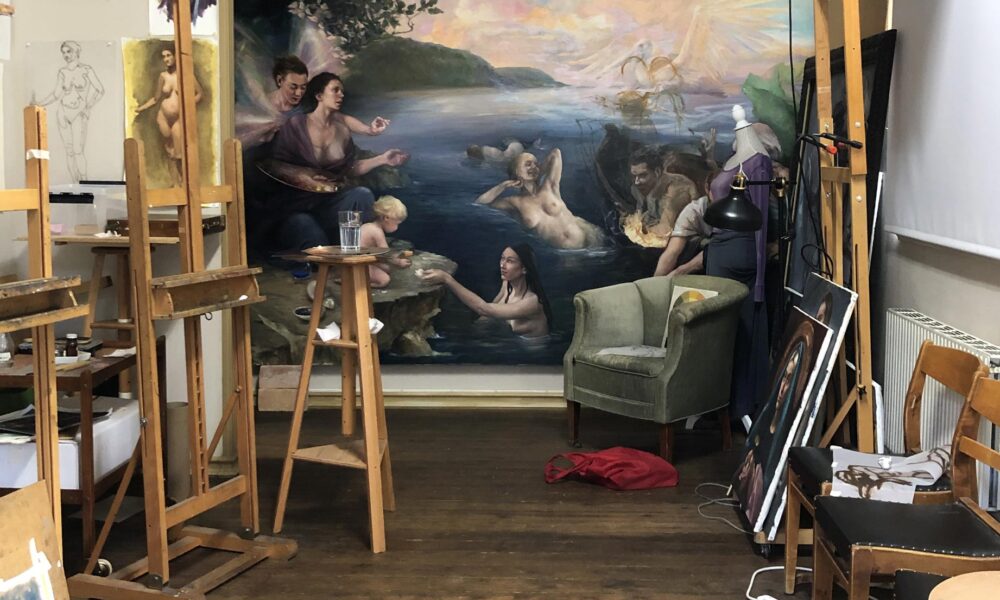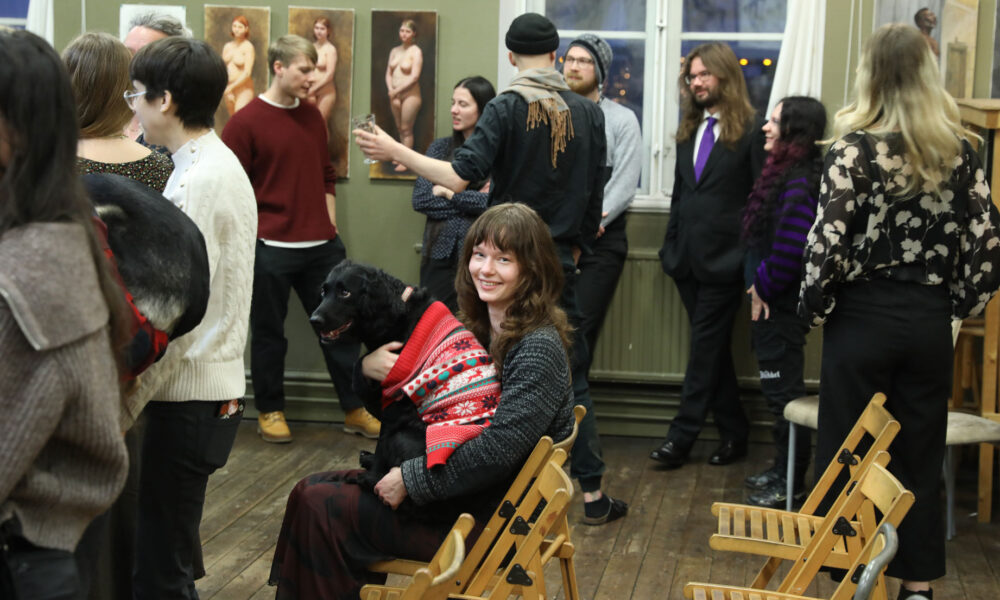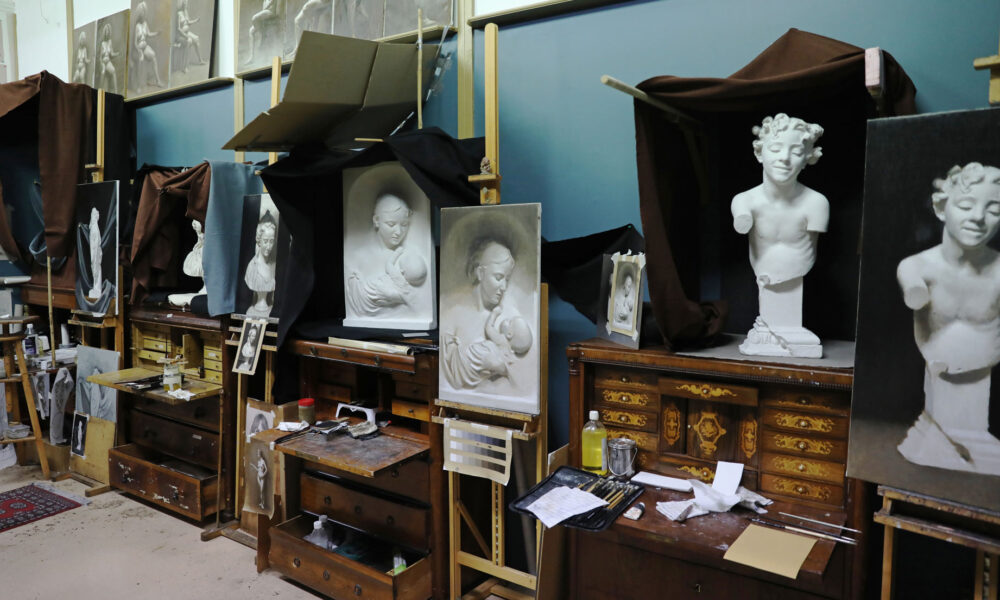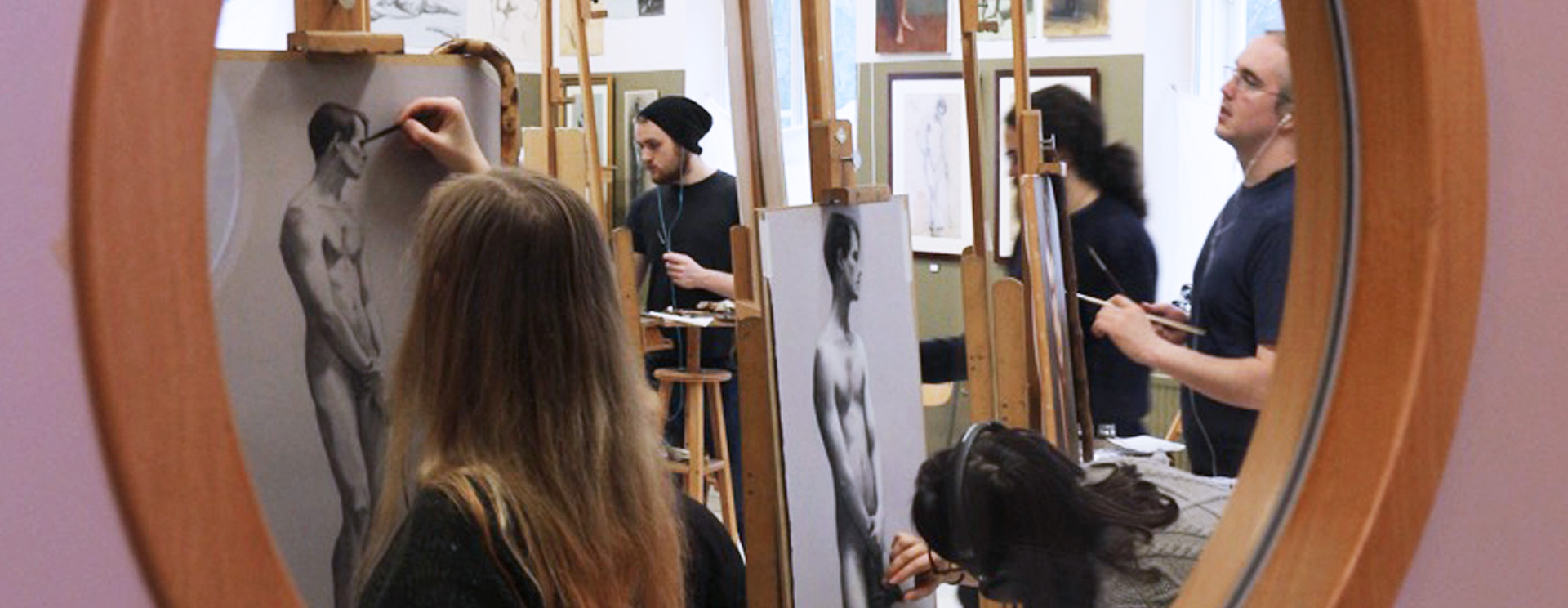“Beauty inspires Beauty”
Naturally, the school environment has a direct effect upon the work and attitudes of students and faculty. It is an important part of SARA’s training philosophy that the environment in which students learn, and instructors teach, should be beautiful, inspiring, positive and uplifting, and so thoughtful attention is focused upon it. Original art, antiques and interesting objects, both natural and man-made, are found all throughout the school. Advanced painters even work upon antique chiffoniers that serve as their still life stands and storage for their materials. The combined effect is a feeling of history and hand-crafted beauty to be found everywhere. In fact, it isn’t uncommon for visitors and students to remark that the school feels a little magical like Hogwarts from Harry Potter.
The Building
SARA is housed in a beautiful 19th-century building designed by the famous Swedish architect, Helgo Zettervall and built in the mid-1870’s. The building was designed as a school for the children of the area’s residents, mostly fishermen, and has housed schools of one sort or another ever since. SARA is very happy to call it home, since 2015.
The Teaching Schedule and Routine at SARA
Each week, there are two to three SARA instructors on duty who are responsible for teaching different groups of students. Occasionally, a student teacher may be assisting as well. The teachers instruct between 8:30-12:00 and 13:00-16:30 Monday to Thursday. There is no formal instruction on Fridays, since that day is reserved for lectures and special workshops. There are also evening classes for some groups of students on Monday and Tuesday evenings from 17:00 to 19:00. On Thursday evenings, there is a two hour figure drawing session, or kroki, which is open to the public and that students are also encouraged to attend.
Students work on their individual projects (ie: cast drawings, still life paintings, etc.) each and every workday, but there are also special activities and programs throughout the week. An instructor reviews a beginning student’s work twice every day — once in the morning and once in the afternoon. More advanced students are reviewed everyday but are expected to be able to work more independently. The flexibility of the program allows for more reviews if needed, or less if the student is progressing well. The instructors are constantly observing and analyzing every student’s progress and adapting their instruction to best assist each student. SARA Instructors typically teach for two weeks at a time, and then have some weeks off to work on their personal projects. When a new teacher(s) is starting their teaching period, the teachers who taught the previous weeks meet with the new instructors for the coming weeks to compare notes and ensure a smooth handoff and maintain consistency of instruction.
School Hours
Language of Instruction
Because SARA is an international school, English is the primary language of instruction. SARA’s highly specialized education attracts students from around the world and typically 30 to 40% of students come from foreign countries. To date, SARA has had students attend from over thirty different countries from all around the world.
Student Body
The student body is a melting pot of nationalities, ages and artistic backgrounds, but all are united by their dedication to their art and studies, and in their interest in representational art, both contemporary and historical. Some students may be creative professionals who feel their previous training was lacking and now seek to improve or add to their skills, while others may have only been drawing and painting on their own before coming to the school. Many students intend to become independent fine artists (portrait, figure, landscape or still-life painters), some seek careers as concept artists within the film and computer game industries, and others want to work as illustrators or even as tattoo artists.
The size of the student body is small, and limited to a maximum of only 35 students. This allows the instructors to provide each student with the highest degree of individual attention. The small student body also helps students to get better acquainted with each other, forming close ties and friendships. In addition, the smaller size gives a personal and human scale to the academy – similar to a busy working studio. Beginning and advanced students mix freely, and the overall result is an atmosphere that is inspiring, encouraging, fun, and supportive.
After Class Activities
As serious as SARA students are about their work, they do enjoy socializing as well. There is a volunteer student party committee that organizes parties and everyone contributes a bit of time and effort to make each party great. The school has a comfortable and cozy lounge area for students to relax and chat with each other during breaks from their work, and there are many opportunities throughout the week for students to get together after school. For many students, the school feels more like home than their own apartment, so they arrive early to have their breakfast at school and only leave when it’s time for bed.
On Friday and Saturday nights the students often like to get together to sketch, watch a movie projected on our big screen (complete with stereo theater surround sound) in the figure drawing room, or just hang out and chat.
